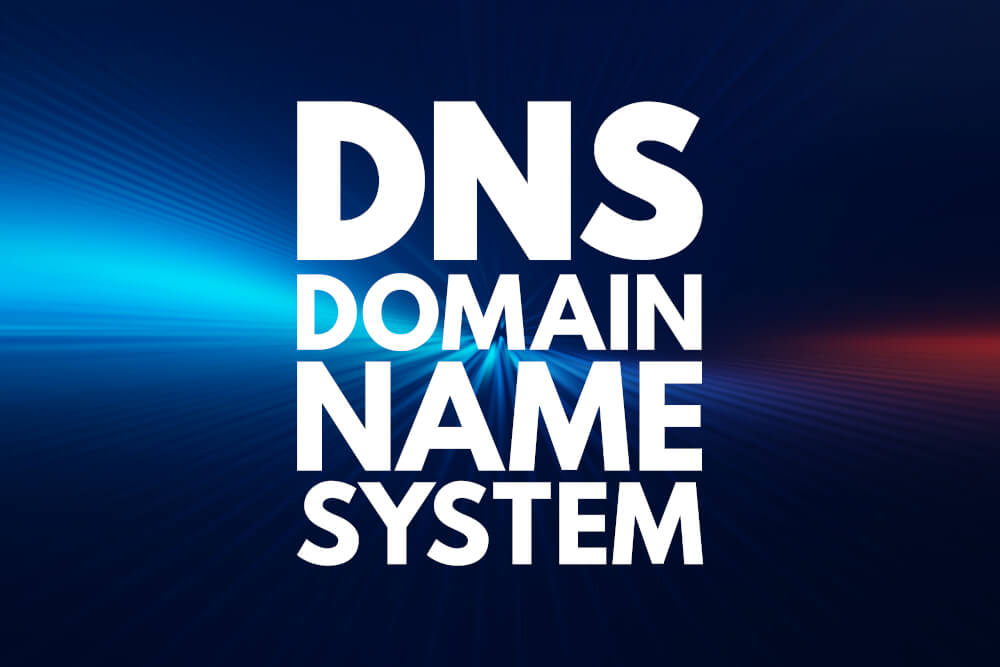DNS records explained
DNS records explained
Every domain name uses DNS records, the DNS records make sure that visitors are properly directed to your website.Most people who use Hosting will not need to make any further adjustments.
However, it is important to know what your DNS records do exactly.Therefore, in this blog post we are going to go through what your DNS records mean and how you can change them if necessary.
What are DNS records
Before we explain what your DNS records do exactly, it is important to know what the DNS exactly means.DNS stands for Domain Name System and is used to convert names of computers (servers) to IP addresses.
For example, if you go to MijnHostingPartner.nl it seems normal that you are redirected to this website.Behind this lies the DNS which in fact redirects you to the correct environment on the server so this is visible to you.
There are many different types of DNS records that are important to keep your website running.Below you will find an explanation of the most important DNS records that belong to your website.
nameservers
These are probably the most important records of your domain name because these are the servers where the data is stored.When you connect to a website it goes through the name servers.
The name servers will also point you to the records further down in the control panel.People who use a CMS like WIX will also have to refer the name servers to WIX.
When you do this and you still want to use the mail from your current hoster then you need to point your mail records to the nameservers.This can often cause confusion and we therefore recommend you to use your own hosting.
A records
A records represent the IP addresses that correspond to the domain and its subdomains.If you ping your own domain name, you will see this IP address pop up.
After the nameservers these are the most important records and you can use them to forward DNS.It ensures that when you type for example MijnHostingPartner.nl in your web browser that you are actually referred to the website.
Your domain name is in fact translated into an IP address to connect to your website.The handy thing about this record is that you can also use it to run your website in a test environment.
For example, if you want to move your domain name to MijnHostingPartner but you still want to test your website, you can retrieve this IP address in the control panel.This IP address you can then change in your hosts file and add your website to it.
This way you can test everything at your own leisure and only transfer it when everything is ready.
MX records
What is important for many people today is the use of their own mail addresses.Here the MX records play a role because they ensure that your mail works as it should.
An MX record indicates which mail server should process mail from your domain.When you look at your DNS records you will always see a number, this is the priority.
The lower this number is the higher the priority that your mail will be processed.This does not mean that you should give all MX records a priority of 0.
Often mail servers are set to a certain priority to work.You should therefore always use the priority of your own Webhoster.If you use an external mail service then you also need to fill in their MX records and priority.
TXT records
A TXT record is a dns record that is versatile and can be used in many different ways.Often these records are used for verification of your mail for example.
If you notice that your mails often end up in the spam of the recipients then you can also assume that a TXT record is missing.The TXT record for this has the name DKIM and stands for DomainKeys Identified Mail.
This is in fact an extra check that is performed to confirm that you are the sender of the mail.It sounds quite complicated to add this but fortunately it is very easy to do in our control panel.
In the control panel you will find a heading called mail, then click on mails domains and then on your domain.At the bottom you will see a check mark for enable DKIM, tick this and click save. After this it may take 24 hours before it is fully active due to the DNS refresh.
If you have any questions you can always check if there is a chat employee present.If no one is available you can create a ticket using our ticket system.Contact via Facebook or Twitter is also possible.
